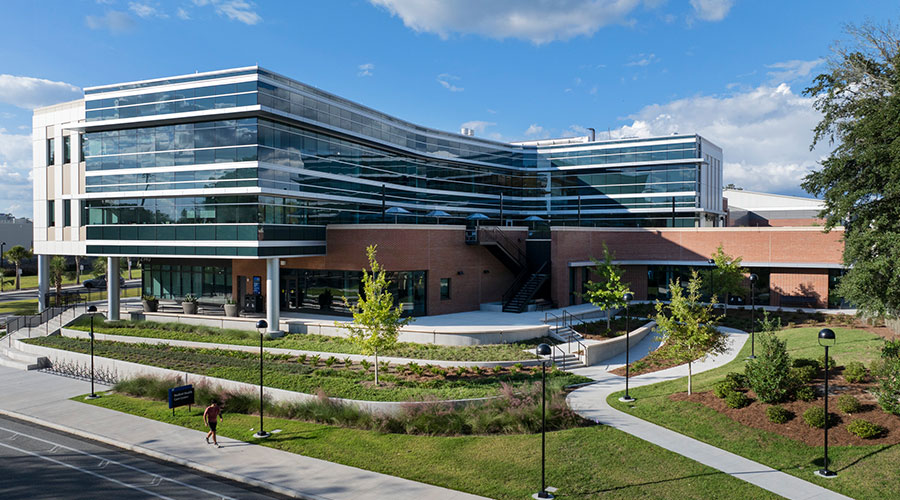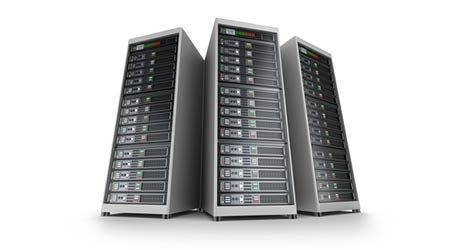What Facility Managers Need To Know About Data Center Redundancy
Part 1 of a 5-part article detailing the factors involved in deciding the level of redundancy for critical facilities.
Facility managers responsible for data centers, healthcare facilities, and other critical applications have to determine what level of redundancy best meets the business needs of the application. But choosing the right redundancy option requires facility managers to weigh a variety of factors.
Let’s take a close look at redundancy configurations that apply to UPS systems, power distribution systems, standby generator systems, and cooling switchgear configurations.
If a system is promoted as redundant it is sometimes good to probe deeper, to understand exactly how redundant it really is. One example is with redundant utility power services. If two separate service switchboards are installed, or a double-ended switchboard with a normally open tiebreaker is installed, then at least the main switchgear is redundant. Even better is if the redundant switchboards are serviced by separate utility power transformers, with diverse feeds from separate substations. However, even in the best case of utility power sourced from “separate grids,” single-point failure risk remains. Entire utility power grids spanning several states have gone down on occasion.
Because utility power grids are interconnected, utility power can almost never be 100 percent redundant. But if you could replace one of the power utility feeds with a natural gas feed to a turbine or fuel cell then you could have full utility power redundancy. The traditional approach to long-term power redundancy uses standby diesel or natural gas generators. One standby generator backing up utility power can be considered redundant to utility power, if utility power failures lasting more than a few minutes are uncommon. However, some island locations and less developed areas of the world can experience utility power failures as often as daily. In this case dependence on standby generators is such that one may not be enough; a fully redundant standby generator system may be required. For high-reliability data centers, healthcare, and other critical facilities, redundant standby generators are often required even with a very reliable power utility that only goes down once or twice a year.
N or non-redundant
Redundancy configurations are often defined by simple equations such as N, N+1, 2N and 2(N+1). “N” equals the capacity required to support the load, or the number of non-redundant components that together support the load. As an example, if the load is 100 units (kW, tons, etc.) then N = 100. A non-redundant or “N” system would need to be rated at least at 100 units to support the load. Even though a single UPS, a single generator, or a single ATS may be considered N (non-redundant), automatic or manual bypass capability is often included to allow partial or full maintenance without the need to shut down the critical load.
REDUNDANCY OPTIONS: BENEFITS AND LIMITATIONS

Here is a summary of the benefits and shortcomings of various redundancy configurations, rated from 1-10, with 10 being the best. Reliability during maintenance assumes that a redundant component is down or that part or the entire system is bypassed. Scalable systems allow for internal redundancy and right-sizing capacity to match load for better energy efficiency and lower operating cost.
Related Topics:

















